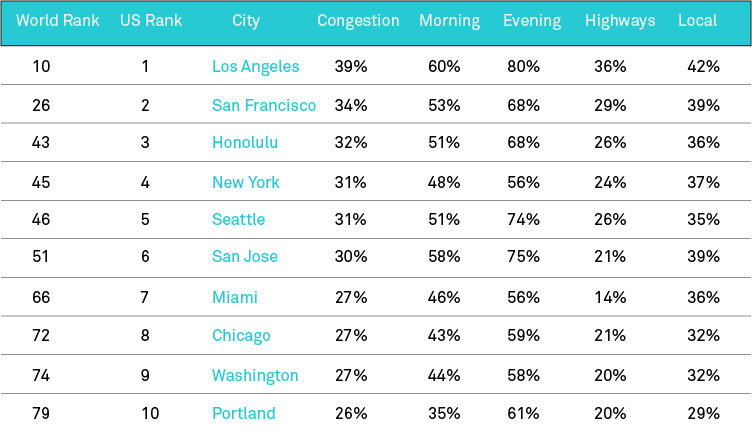May is National Bike Month, and what better time to try your hand at a new commute? More than half of Americans live within five miles of their office, which is about a 30 minute bike ride. Biking to work offers many benefits: it saves time and money and is good for the environment. Plus, you’ll getting a workout in!

If you’re thinking about biking to work, but don’t know what you need or where to get started, we’ve gathered some best practices and good habits for your bike commute:
Bike to Work 101
Get your gear: You don’t need to have a full bicycle kit to ride to work. However, we do recommend wearing a sturdy helmet and finding a reliable bike lock. Many urban offices have a bike room you can store your bike in during the day, so be sure to utilize that if it’s an option.
Test ride: Google Maps offers routes for an optimized bike commute on streets with bike paths. Test your ride in off-commute hours or on a non-work day to get a hang of your route.
Follow the rules of the road: Always bike in the same direction of traffic, and keep a pulse on the cars, bikes and pedestrians around you. Read more bicycle safety tips here.
Good Habits
Keep the phone out of sight: You’ll want to keep your eyes on the road and your ears out for honking, approaching cars and ambulances.
Use clear hand signals: Using your left hand to signal while biking helps communicate your route clearly with the drivers around you.
Dress for the ride: Make sure the drivers around you are aware you are there, and on two wheels. Wear bright colors during the day and reflective gear at night.
National Bike to Work Week is May 16-20, 2016. Bike to Work Day is May 20, 2016.
Don’t have a bike? Many urban areas have bike share programs, which allow riders an allotted time for transportation for a small annual fee. If you find yourself on two wheels more often than four, pay-per-mile car insurance could be a great option for you. Find out more here.




